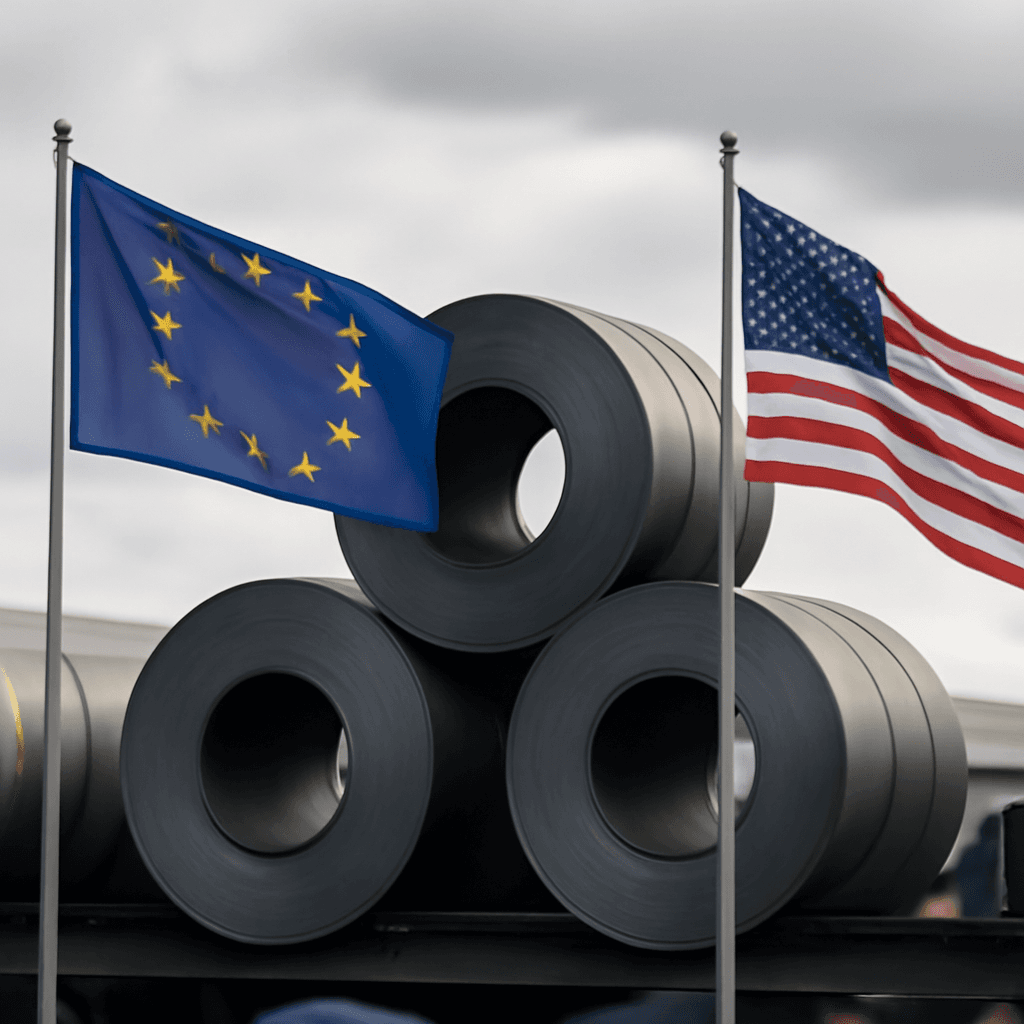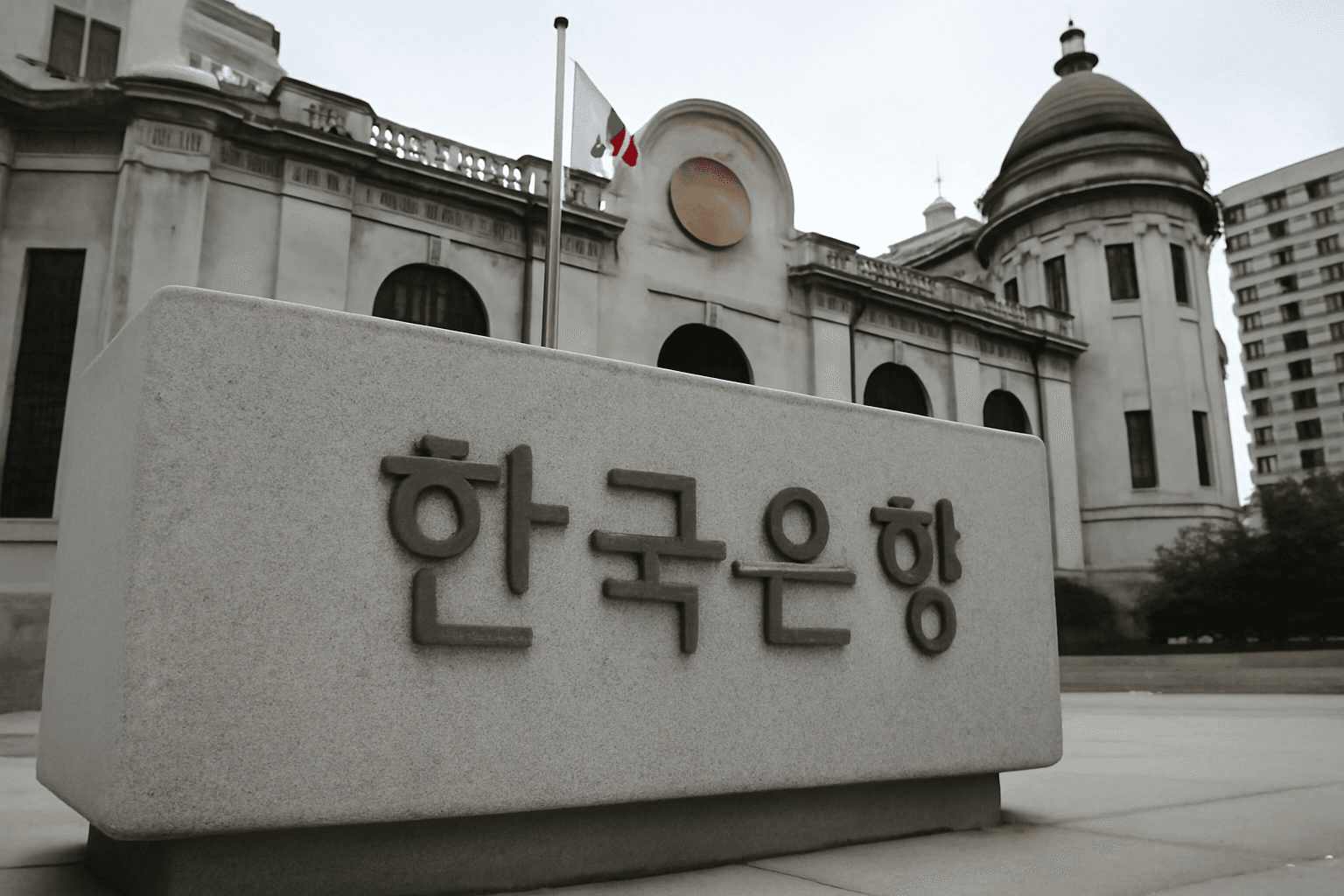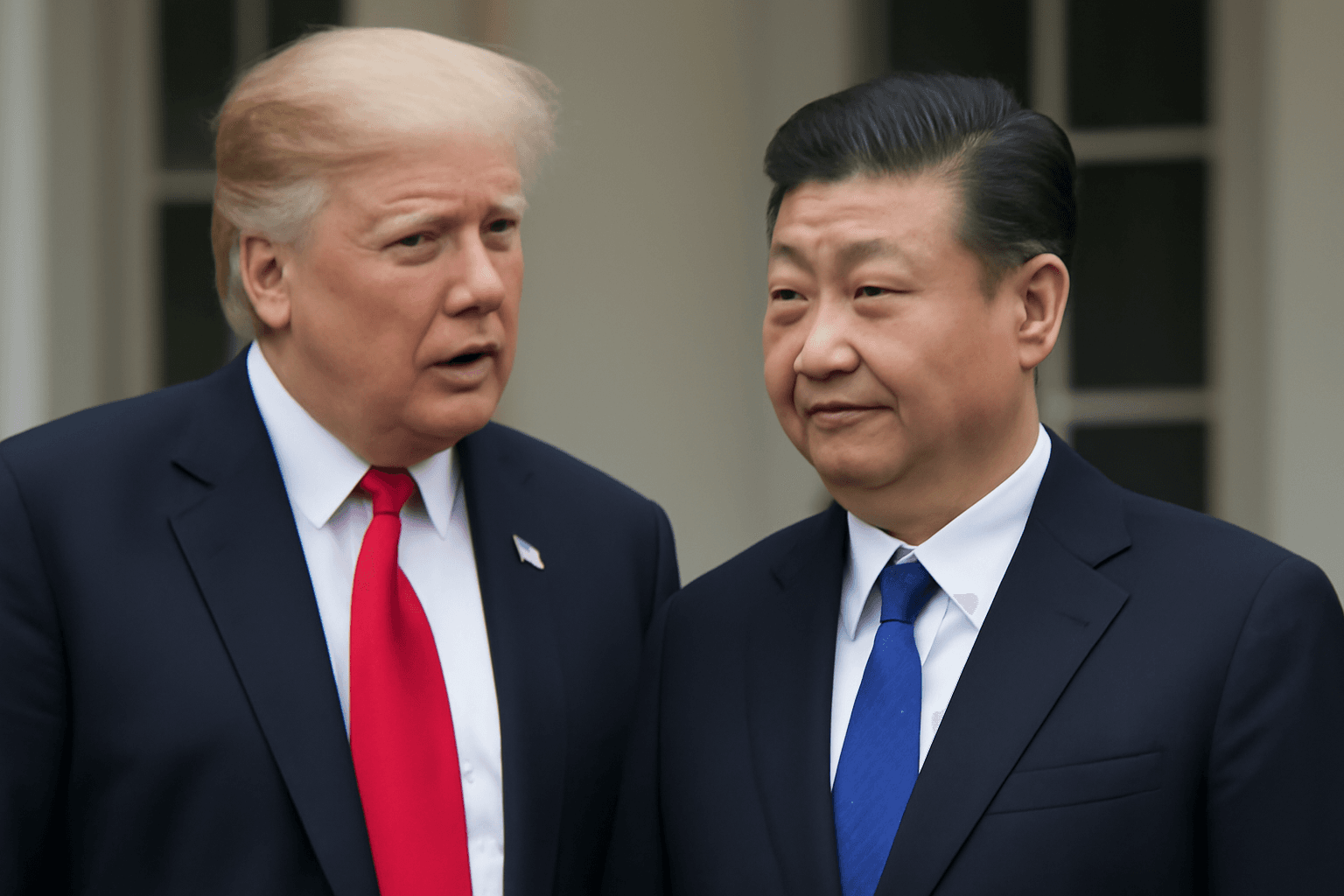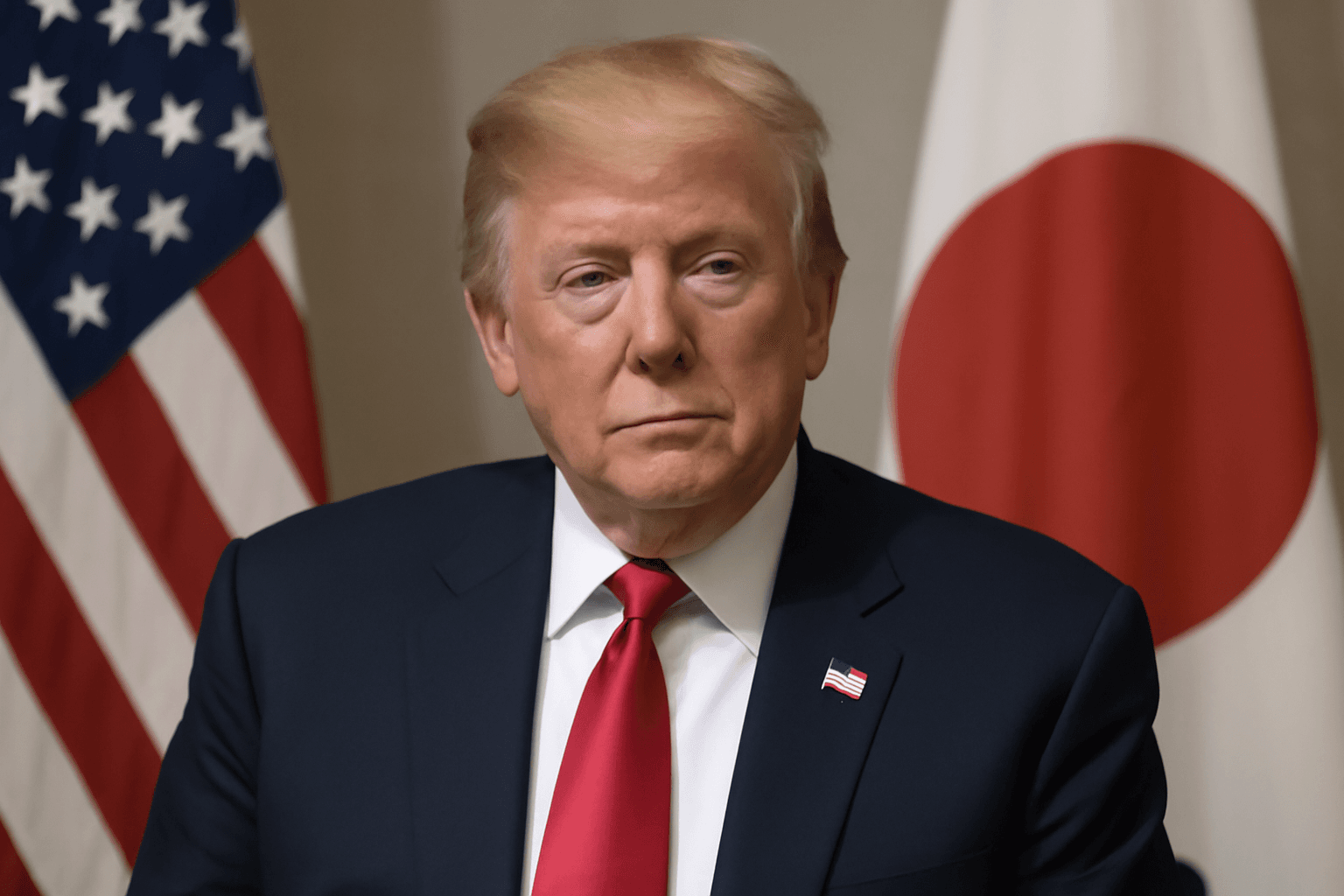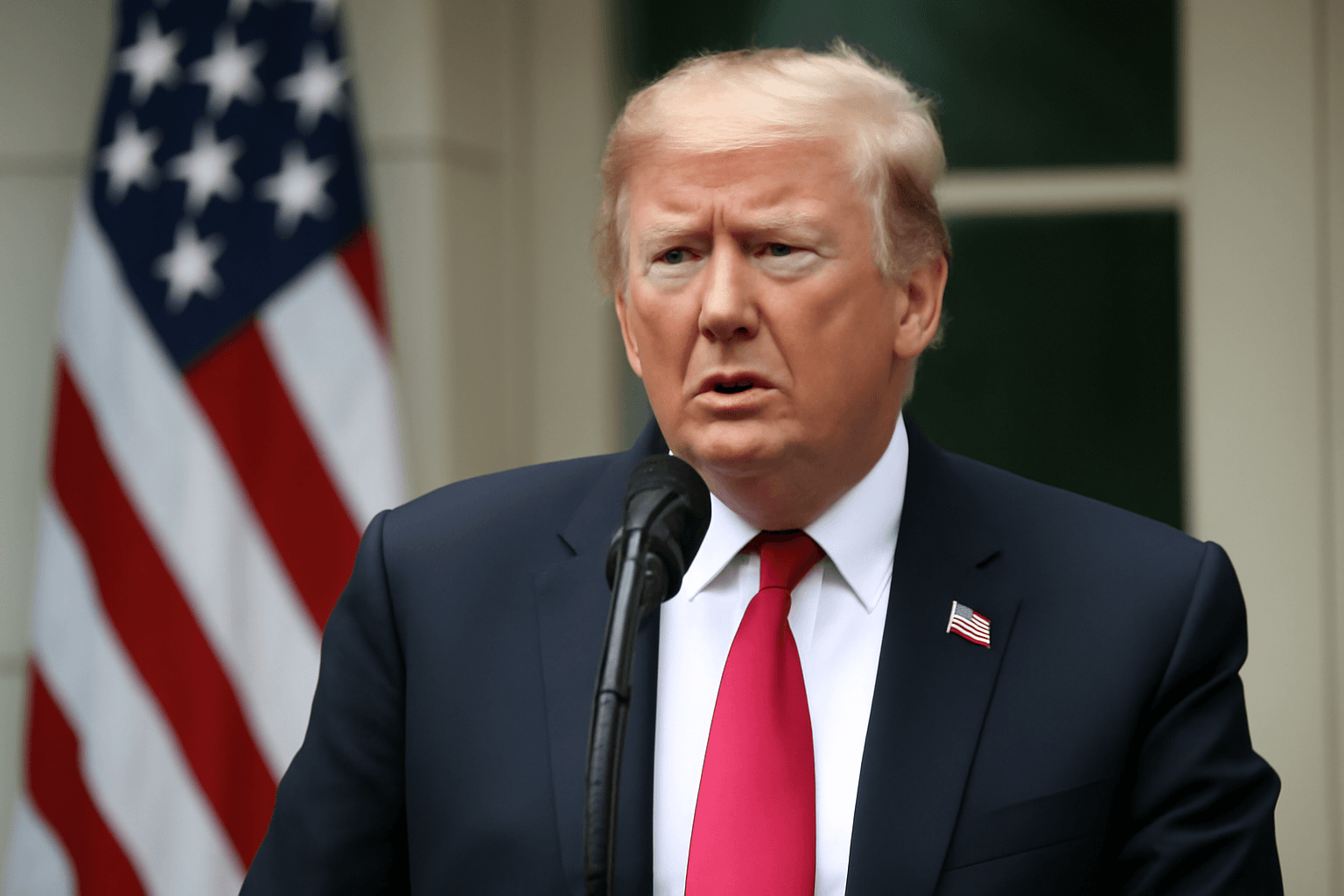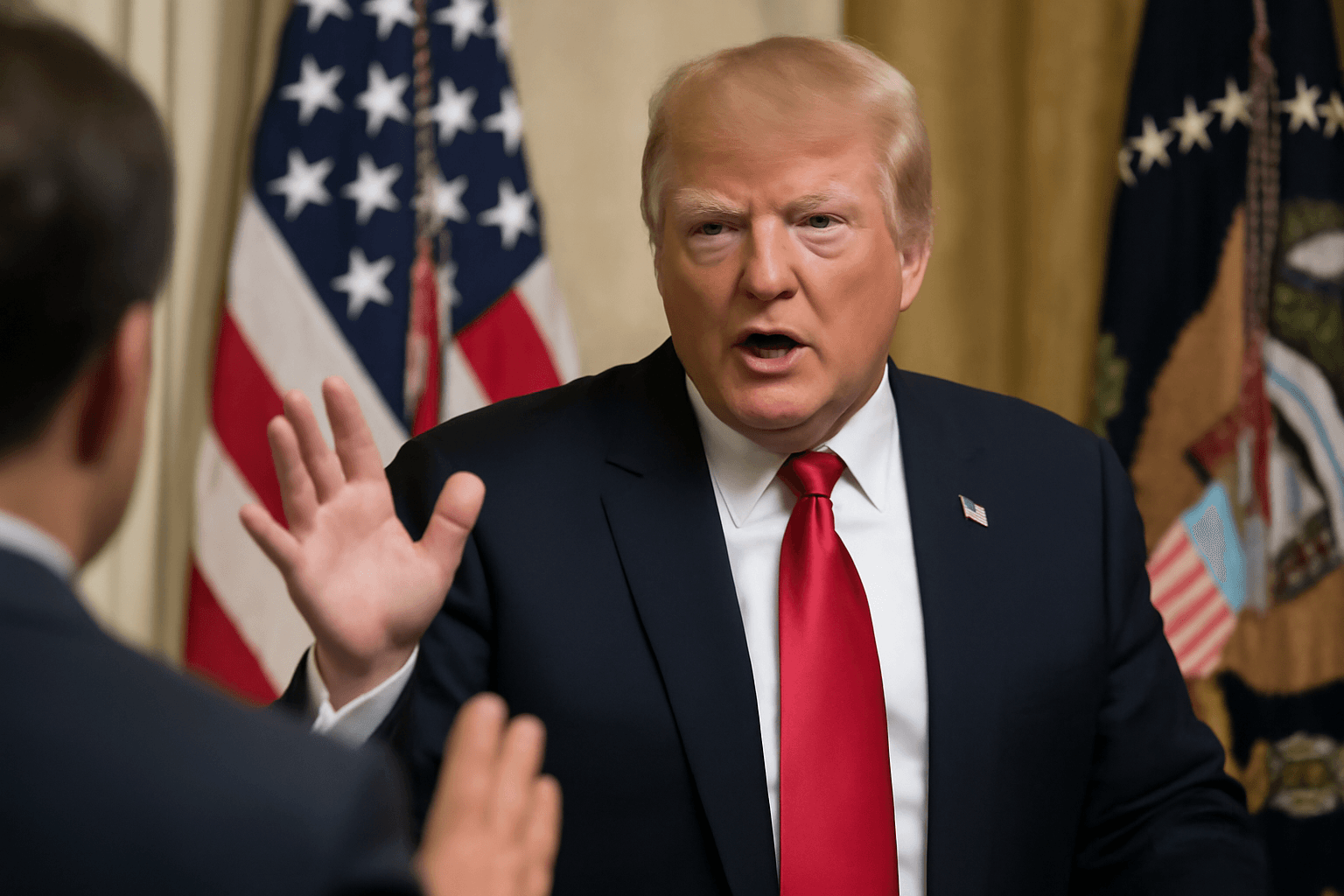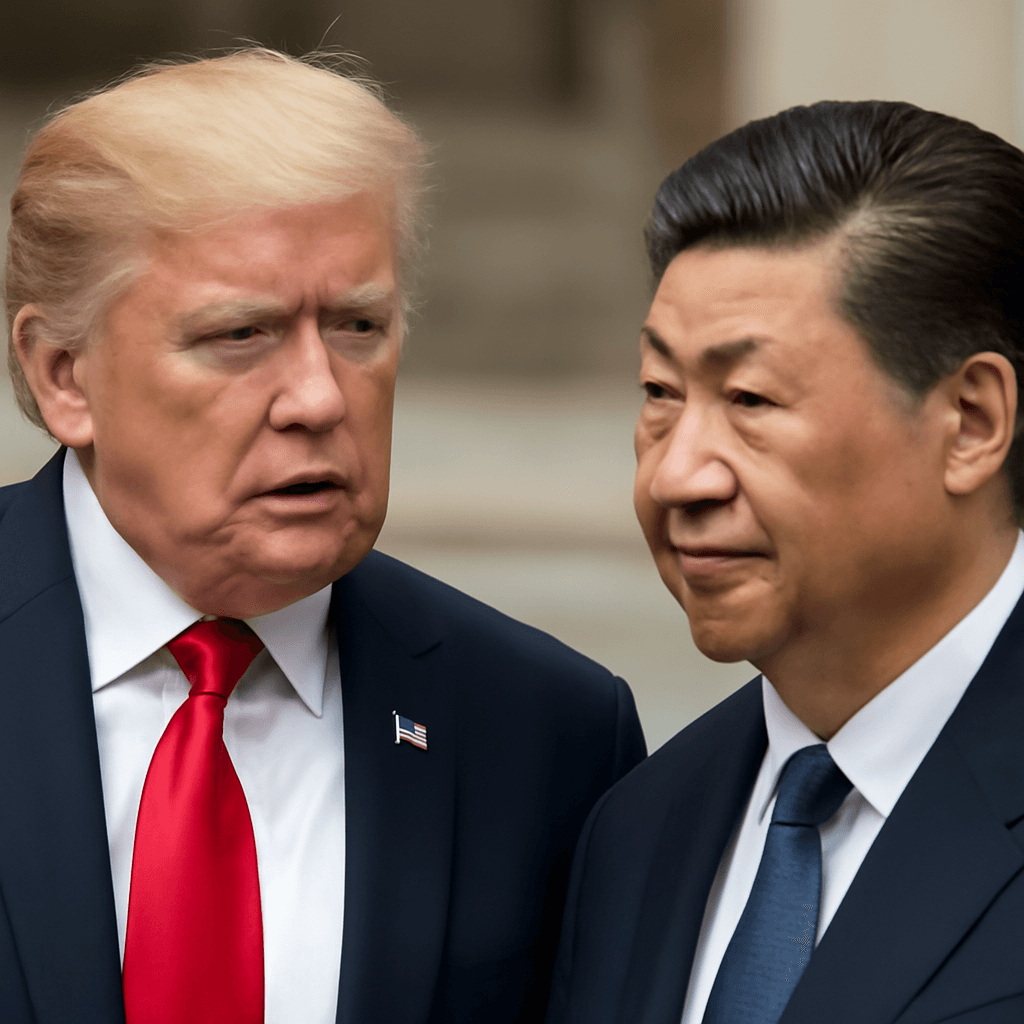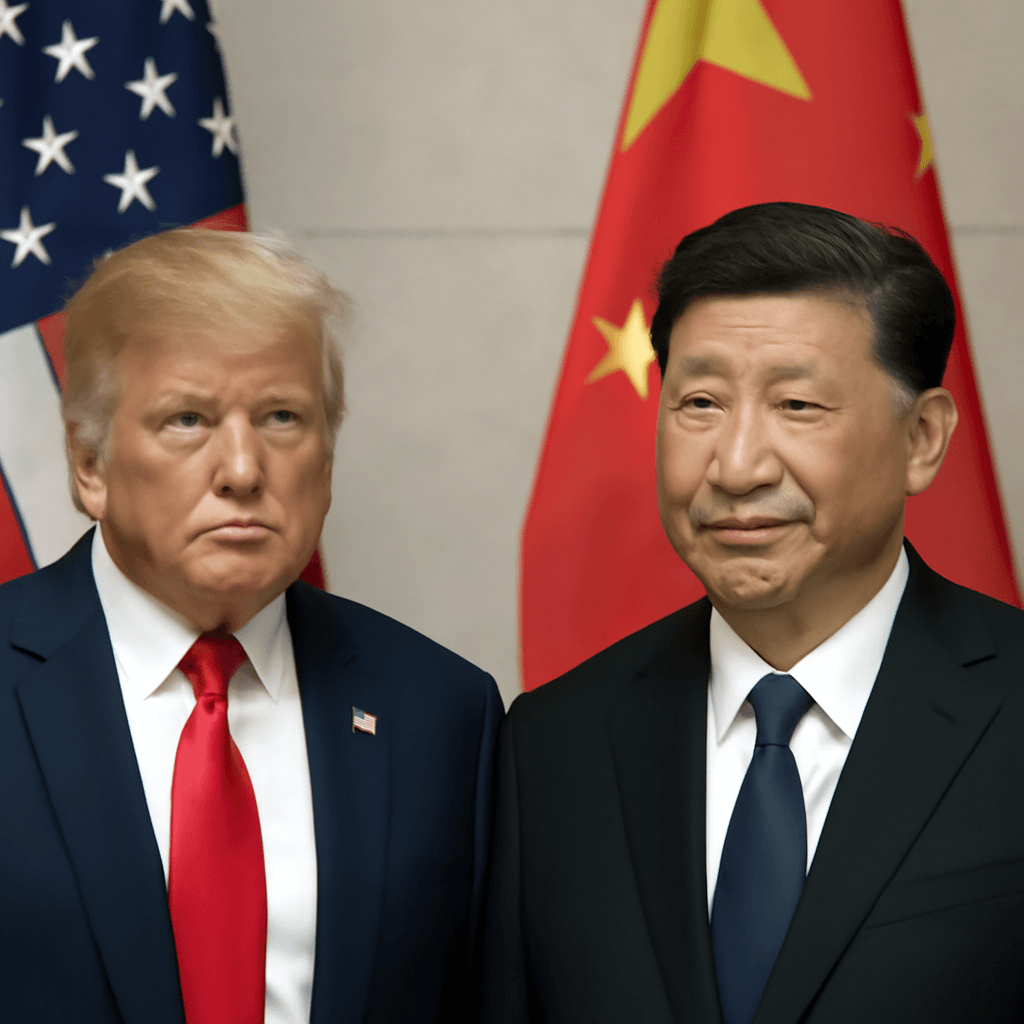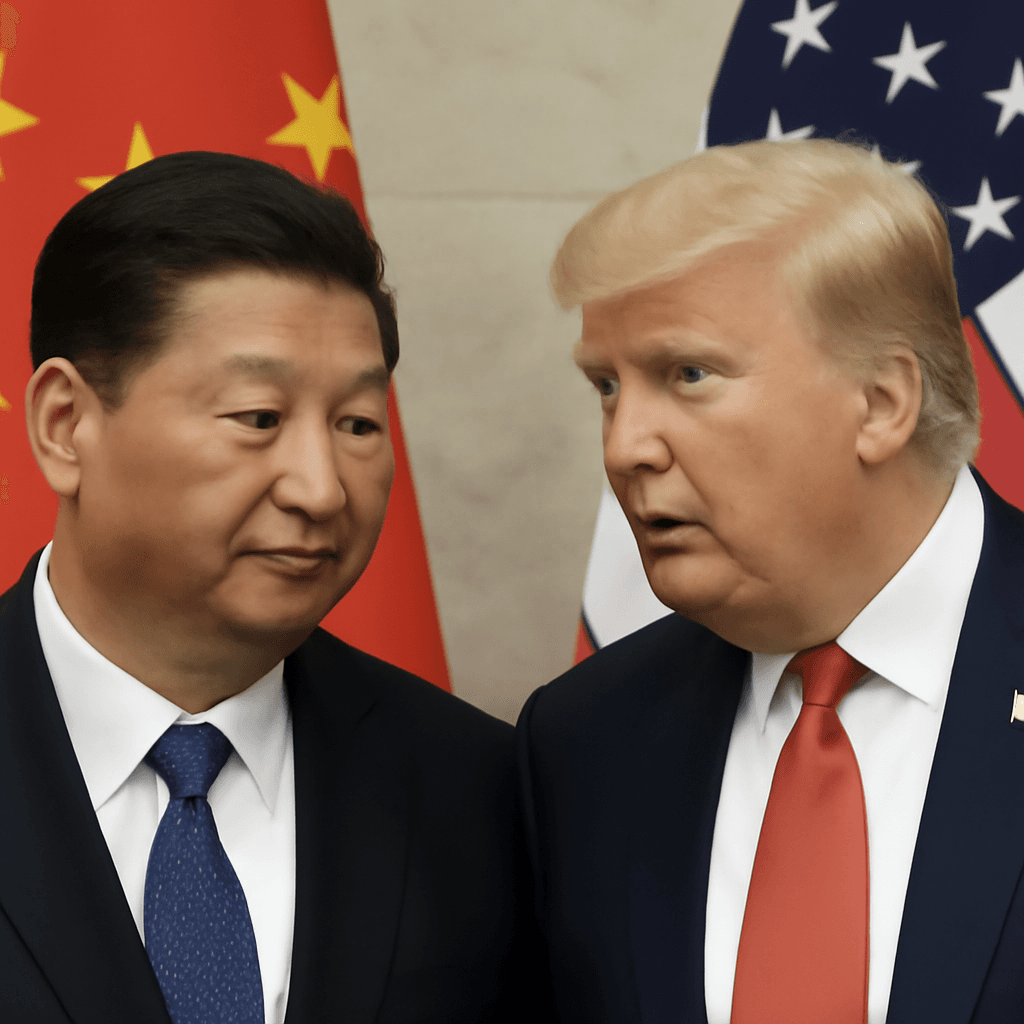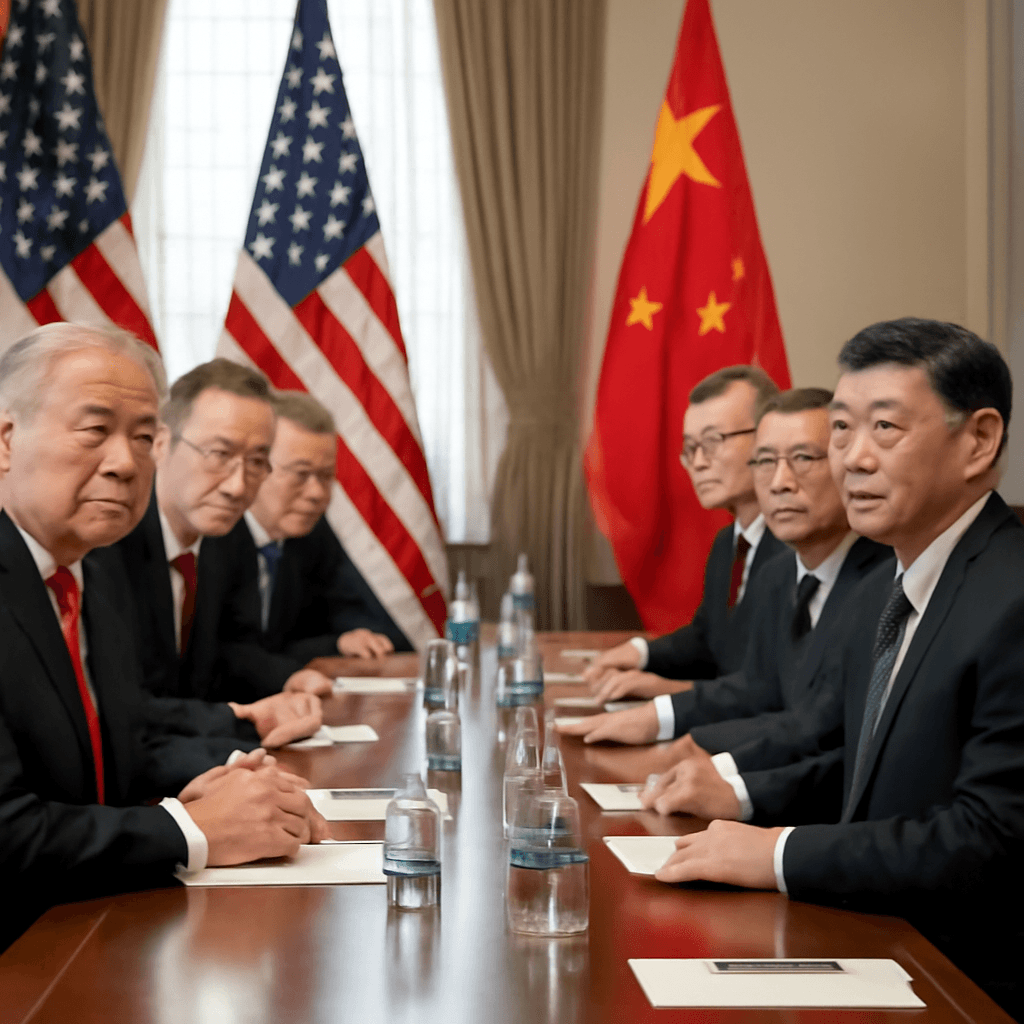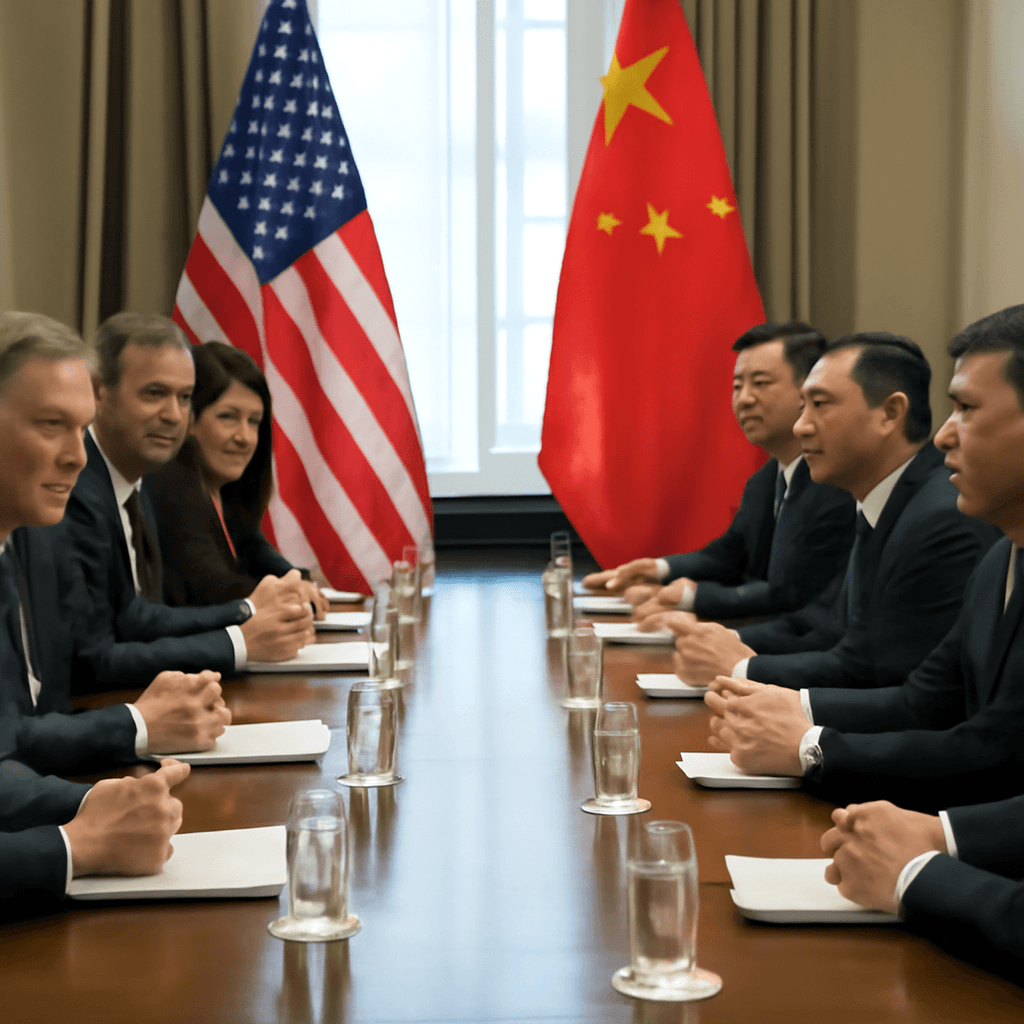US and China Reach Groundbreaking Agreement on Rare Earth Minerals
The United States is poised to secure critical rare earth minerals and magnets from China following a fresh trade agreement announced by President Donald Trump. The pact, which still awaits final endorsement from Chinese President Xi Jinping, also includes provisions to ease access for Chinese students seeking education at American universities.
Key Details of the Agreement
Trump confirmed the deal on his social media platform, emphasizing, "Our deal with China is done, subject to final approval with President Xi and me ... We are getting a total of 55% tariffs, China is getting 10%. Relationship is excellent!"
After intense negotiations held at Lancaster House, officials from both countries crafted a framework aimed at revitalizing the trade truce and lifting China’s export restrictions on rare earth elements—essential for industries such as automotive, electronics, and defense. However, the resolution brought only limited progress on wider trade disagreements.
Under the agreement, China will supply the full quantity of magnets and necessary rare earth materials up front, while the US will honor commitments, including facilitating Chinese students’ access to its higher education institutions.
Background and Industry Implications
This deal arrives in the wake of a near-crisis within the US automotive sector. Earlier this year, China's restrictions on magnets—key components in vehicle windshields and door mechanisms—threatened production pauses. Given China’s dominant position in the global rare earth market, these restrictions sparked considerable alarm.
Notably, the agreed tariffs represent a significant increase. The US will levy a 55% tariff on Chinese imports, surpassing the previous 30% truce reached in Geneva last month. According to a White House official, this 55% is a composite tariff, including a 10% baseline reciprocal tariff, a 20% surcharge targeting fentanyl trafficking, and a 25% remainder from pre-existing tariffs. Meanwhile, China will apply a 10% tariff on US goods.
Official Responses and Next Steps
US Secretary of Commerce Howard Lutnick described the London agreement as adding the “meat on the bones” of the Geneva accord, allowing the US to proceed with easing retaliatory tariff measures once finalized.
While the deal awaits Trump and Xi’s signatures, Lutnick expressed optimism about future trade engagements, hinting at new agreements with other nations in the near term. In addition, China has agreed to explore avenues to enhance business relations with the US.
Broader Context of Trade Tensions
This development follows escalating tensions after China imposed export limits on critical minerals, provoking the US to restrict exports of semiconductor design software, aircraft, and advanced technology products to China. The new agreement aims to de-escalate some of these pressures, particularly in resource-dependent sectors.
What Lies Ahead
- Final approval pending from Presidents Trump and Xi Jinping.
- Implementation set to follow the signing, enabling smoother supply chains for rare earth materials.
- Potential easing of student visa and educational access barriers for Chinese nationals.
- Future trade deals on the horizon, indicating a strategic shift toward broader cooperation.
In summary, the pact marks a crucial step in stabilizing trade relations amid rising tariffs and strategic competition, with vital implications for industries reliant on rare earth resources.


